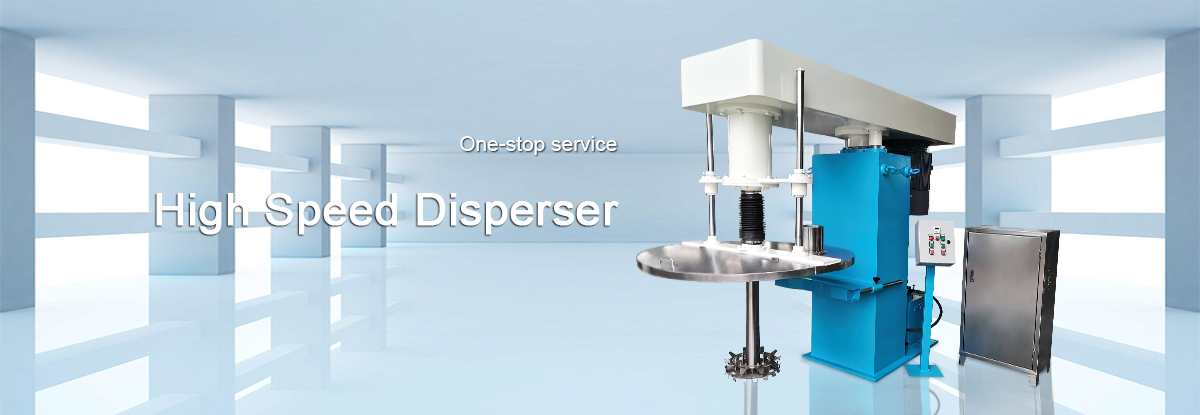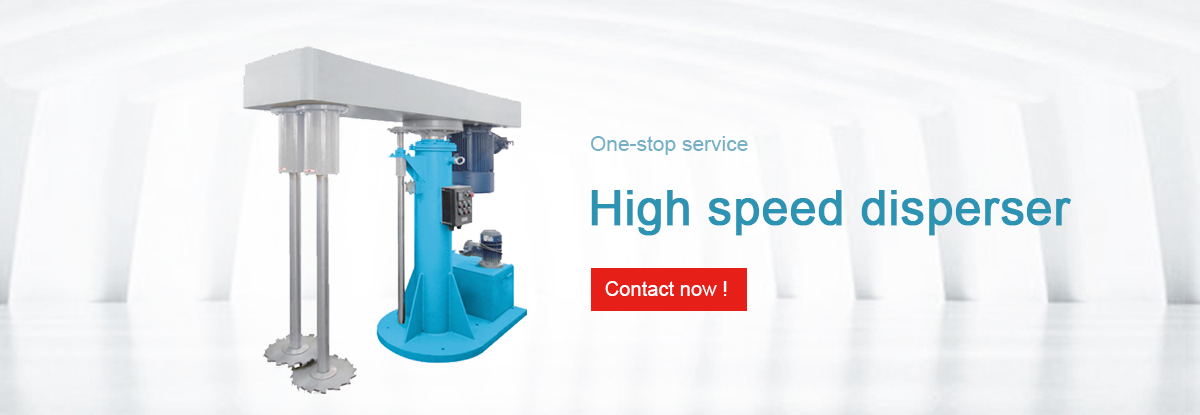-
Equipments
-
-
NEWS
- Double planetary mixer new t...
- Multiple paddle options of D...
- Double planetary mixer is th...
- Multiple mixing tanks with d...
- Double planetary mixer for c...
- Double planetary mixer can b...
- Double planetary mixer has E...
- Double Planetary Mixer Excel...
- Principle of asteroid rotati...
- Efficient and uniform mixing...
-
Contact Us
Or Contact Info
-
Coating
-
-
NEWS
- Double planetary mixer new t...
- Multiple paddle options of D...
- Double planetary mixer is th...
- Multiple mixing tanks with d...
- Double planetary mixer for c...
- Double planetary mixer can b...
- Double planetary mixer has E...
- Double Planetary Mixer Excel...
- Principle of asteroid rotati...
- Efficient and uniform mixing...
-
Contact Us
-
Adhesives
-
-
NEWS
- Double planetary mixer new t...
- Multiple paddle options of D...
- Double planetary mixer is th...
- Multiple mixing tanks with d...
- Double planetary mixer for c...
- Double planetary mixer can b...
- Double planetary mixer has E...
- Double Planetary Mixer Excel...
- Principle of asteroid rotati...
- Efficient and uniform mixing...
-
Contact Us
-
Agrochemistry
-
-
Agrochemistry
- Emulsifiable Concentrate
- Suspension Concentrate
-
-
-
NEWS
- Double planetary mixer new t...
- Multiple paddle options of D...
- Double planetary mixer is th...
- Multiple mixing tanks with d...
- Double planetary mixer for c...
- Double planetary mixer can b...
- Double planetary mixer has E...
- Double Planetary Mixer Excel...
- Principle of asteroid rotati...
- Efficient and uniform mixing...
-
Contact Us
-
Battery
-
-
Battery
- Battery Slurries
-
-
-
NEWS
- Double planetary mixer new t...
- Multiple paddle options of D...
- Double planetary mixer is th...
- Multiple mixing tanks with d...
- Double planetary mixer for c...
- Double planetary mixer can b...
- Double planetary mixer has E...
- Double Planetary Mixer Excel...
- Principle of asteroid rotati...
- Efficient and uniform mixing...
-
Contact Us
-
Cosmetic
-
-
Cosmetic
- Lipstick
- Eyebrow Pencil
- Ointment
-
-
-
NEWS
- Double planetary mixer new t...
- Multiple paddle options of D...
- Double planetary mixer is th...
- Multiple mixing tanks with d...
- Double planetary mixer for c...
- Double planetary mixer can b...
- Double planetary mixer has E...
- Double Planetary Mixer Excel...
- Principle of asteroid rotati...
- Efficient and uniform mixing...
-
Contact Us
The factors affecting high & low viscosity fluids with high speed disperser
The end results that are the desired ones are mainly quite uniform and well-blended into mixtures when you are blending high as well as lowered viscosities of liquid with the help of a high speed disperser. While blending these substances together with the higher viscous materials or blending higher viscosity fluids without any additional help can be a challenge in itself in terms of attaining the desired uniformity levels.
High & low viscosity liquids
Is there a noted difference between the higher and lower viscosity of liquids? The viscosity of the material is the measurement of the flow resistance. There is a higher viscosity in a liquid that has higher intrinsic resistance to the flow, while the liquid with the lowered internal resistance in terms of flowing is generally classified as the lowered viscosity of fluid undergoing the high speed dispersion mixer.
Mixing here generally involves the creation of systematic singled material by the intermingling of two or more differentiated particles or ingredients irrespective of whether you are mixing the high viscosity substances or the lower ones or the combination of both. It is through the trailing edges is where the ingredients here are mainly fed within the rotating impellers.
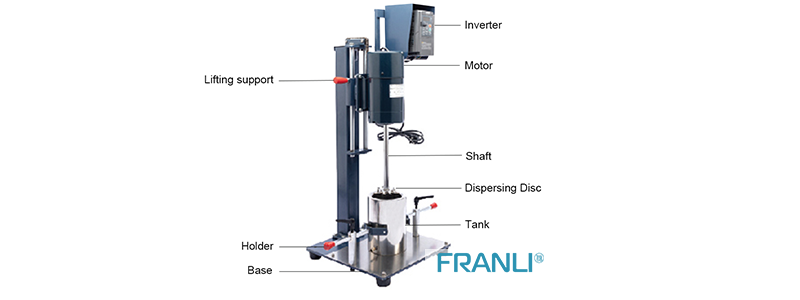
Deciding between disperser and mixer
There are certain additional aspects in terms of considering prior to deciding the type of mixing or dispersing equipment is the right tone for you once we have already reviewed the high speed disperser. It is important to consider every aspect that has the power for impacting the dispersing or mixing process as follows:
· Shear
This is the process that mainly happens at the number of Reynolds and occurs due to the differed velocities of the various streamlines. An additional amount of heat is thereby generated, and particles tend to wear off as an outcome of the stress having been created among the particles due to the shear. In the process of deagglomeration, shear is quite helpful but can prove to be detrimental once attempting in terms of sustaining the size of the particles during the mixing process.
· Temperature boundaries
An additional amount of equipment is required for heating or cooling out the system when the temperature here is maintained to almost a certain range of the mixing done through the high speed disperser. There is an extra cost that is associated with each of these devices here in terms of installing, operating, or maintaining them.
· Economic considerations
The idea of mixing or the system of dispersing you may wish for your project does not make the most in terms of economic viewpoints. The product can be of greater demand to that of the cost of the system, but the additional startup time is also anticipated here in terms of the amount of time the product is taking for manufacturing and the profit that is projected.
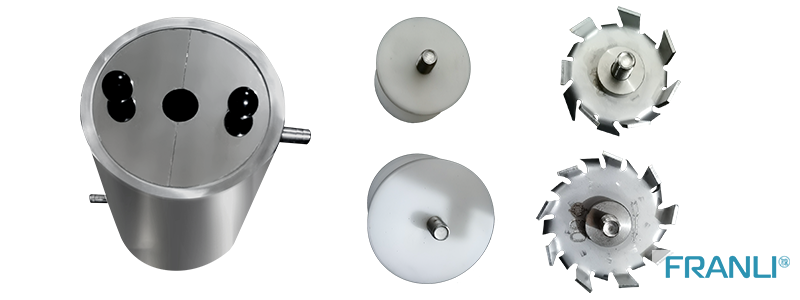
Difference between dispersing, mixing, and milling
The three of the widely used processes in modern industry are mixing, milling, and dispersing. Each of the techniques is important to the larger-scale manufacturing of the products across the massive array of sectors, industries, and niches of the products with their unique set of features. But, what exactly do you understand by this, and what are their key differences?
MIXING
Mixing here involves the creation of single systematic material with the interconnection of two or more different ingredients or individual particles. The ingredients here are mainly fed within the rotating impeller through the edges of the trailing.
The flow of the material all through the vessel or the high speed dispersion mixer is dependent on the kind and the size of every particle along with the impeller’s rotating speed in terms of mixing.

DISPERSING
The mixer that is articulated of an individual material being distributed through a continuous phase of the other is dispersion.
The main aim of the dispersion is to mix the solids with the liquids or vice versa with the help of the high speed disperser. The end product here should be possessing the finer materials having the goal to achieve an even spread of particles within the liquid here. The machine would be taking the particles and breaking them down for de-agglomerating them to create a mixture of homogenous material with the help of dispersion. The complete surface area is completely inaccessible due to the liquid solution if the particles remain agglomerated or grouped together. Dispersion, therefore, breaks them and exposes their surface area further on. Wetting is the terminology used here.
Dispersion is generally driven by the sheer process, while mixing is driven by the flow. The action needed for dispersing the particles along the spectrum that is soluble is created by the impeller edge. The process here needs a greater amount of energy and higher speed compared to the other conventional methods for mixing.
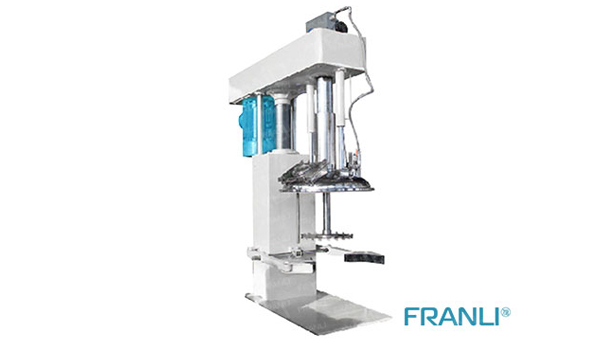
MILLING
From both the dispersion and mixing processes, the milling process is sure to stand out. It effectively helps to reduce the size of the particle here. To get the processing done through the high speed disperser, the mixture lying pre-dispersed need the further reduction of the size of the particle that is then transferred to the mill. The particles are then attacked by the milling components with the use of various forces that are mechanical in nature for achieving the breakdown of the particles here. The yield of the ingredients is thereby maximized with the help of this process and, in several instances, the operational aspect of the product. It can help with the development of color, properties of the film, and the flow of the product in the cases of inks and coatings.
The mill can thereby be adapted, and the temperature of the environment controls can be attained at the desired outcomes as it all depends on the final best size of the particle. In the market today, you are sure to come across different kinds of mills, and the process of selecting one can be quite tough. The suppliers of the equipment also offer trial services to make sure of the right match between the application and equipment, although there are various factors to investigate while selecting a high speed disperser unit.
To conclude
There are companies out there like FLE who are well-trusted and highly famed in terms of manufacturing and supplying these industrial units. All you need is to have a proper understanding of selecting the one that is suitable to get your job done.
Copyright Notice :
This article only represents the author's point of view.
This article is published under the authorization of the author.
Source:
This article address : The factors affecting high & low viscosity fluids with high speed disperser
Previous:Three roll mill - Creating a revolution in the field of production
Next:Functionality and efficiency of FRANLI 3 roll mill
Related Suggestion:
Double planetary mixer new type of mixing equipment
Multiple paddle options of Double Planetary Mixer
Double planetary mixer is the first choice for paste materials
Multiple mixing tanks with double planetary mixer
Double planetary mixer for chemical products
Double planetary mixer can be vacuum feeding
Related Products
-

Vacuum Double Planetary Mixer
A Vacuum double planetary mixer is an essential part of any industry to mixing particular material. A double planetary m...
-

Laboratory Double Planetary Mixer
Laboratory double planetary mixer is a kind of non-standardized strong mixing and mixing equipment developed by FLE for ...
-

Hydraulic Lifting High Speed Disperser
The hydraulic lift high speed disperser has the characteristics of simple operation and high flexibility.The hydraulic l...
News
-
28
2023-04
-
28
2023-04
-
28
2023-04
-
28
2023-04
-
28
2023-04
-
28
2023-04
- Tricks About Ointment Mill You Wish You ...
- A deep insight into Sand Mill Machine
- What is the difference between dyno mill...
- How To Choose Vertical Bead Mill or Hori...
- What is a three roll mill machine?
- Specification of high speed disperser an...
- Three Roll Mills: Their mechanism, advan...
- high speed disperser machine application
- Faults and Trouble Shooting Methods of H...
- How to operate High-Speed Disperser












